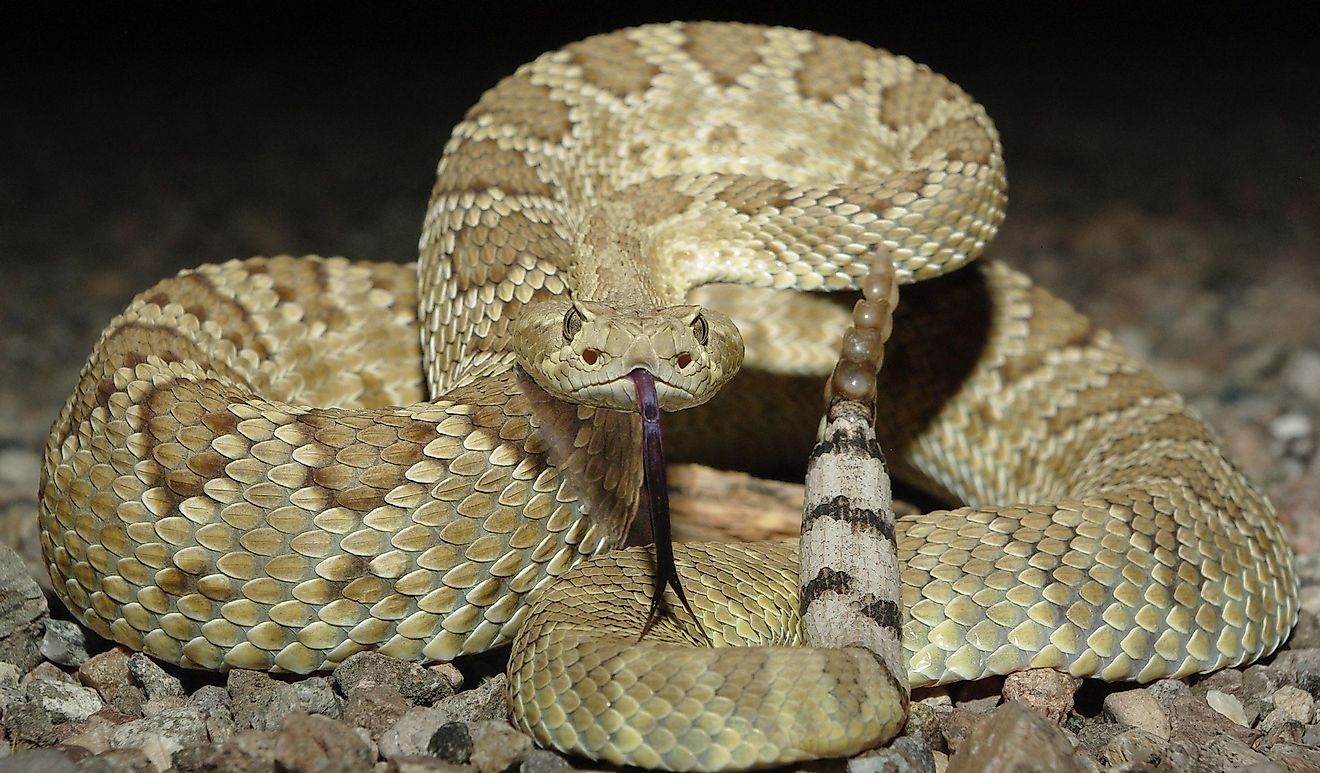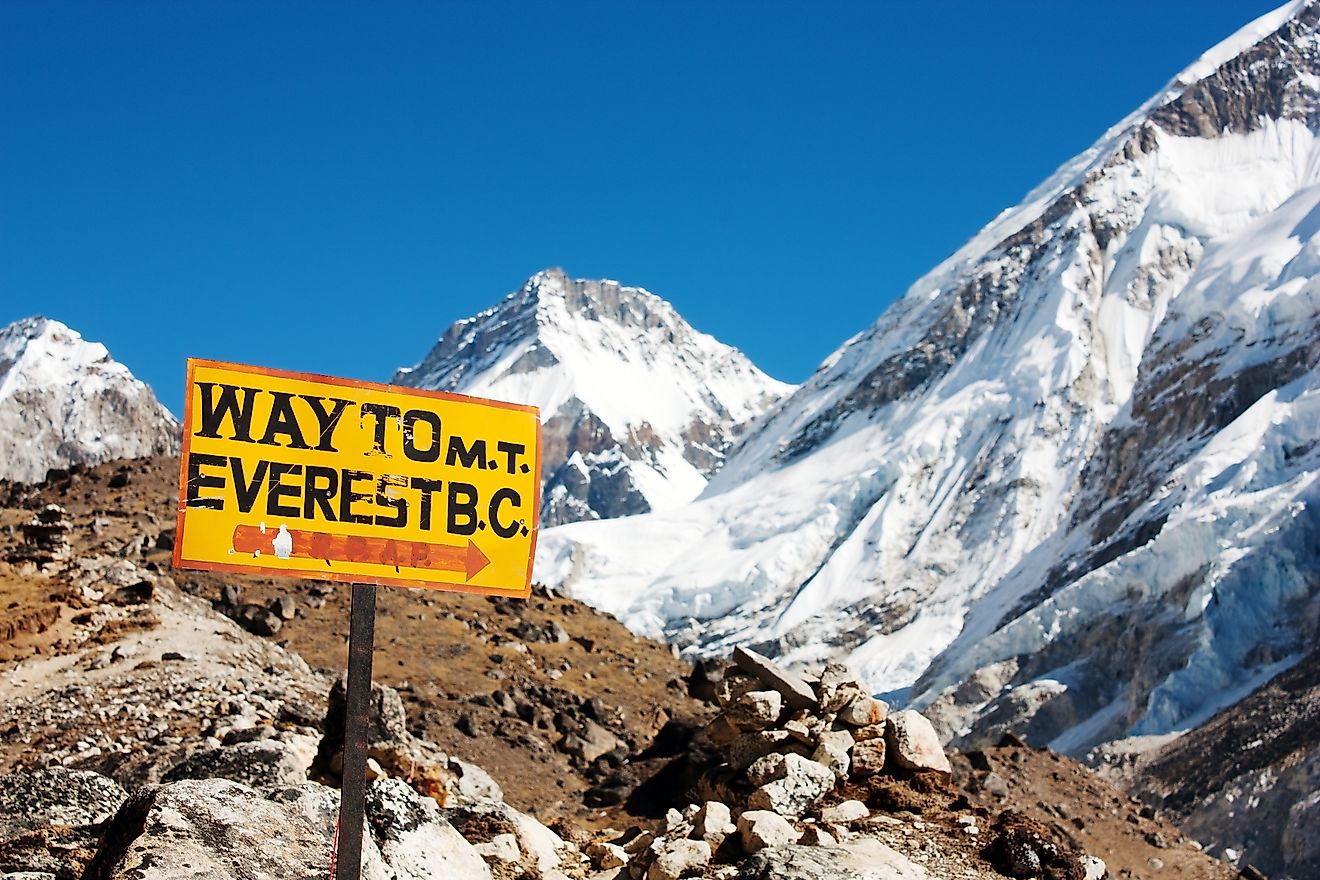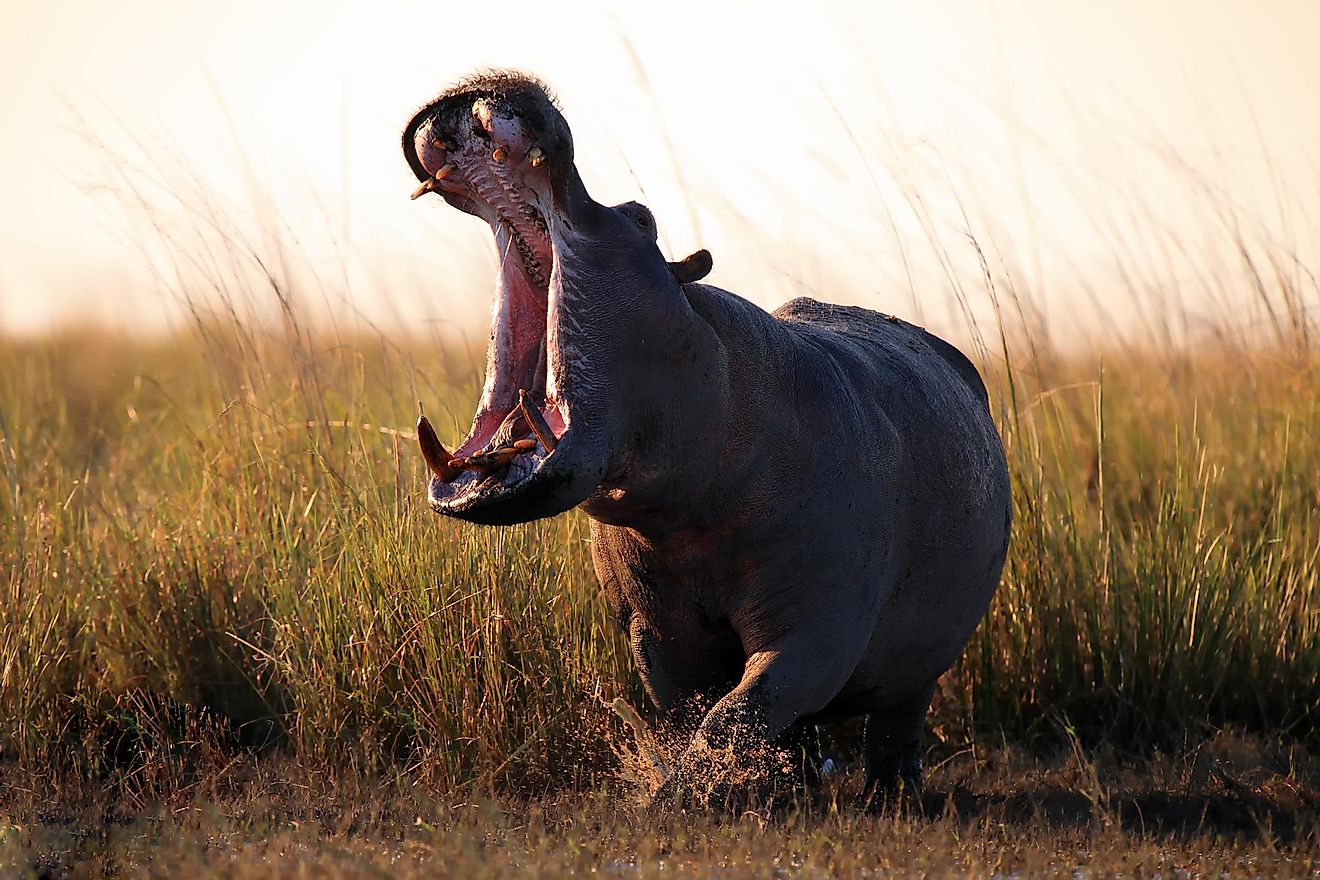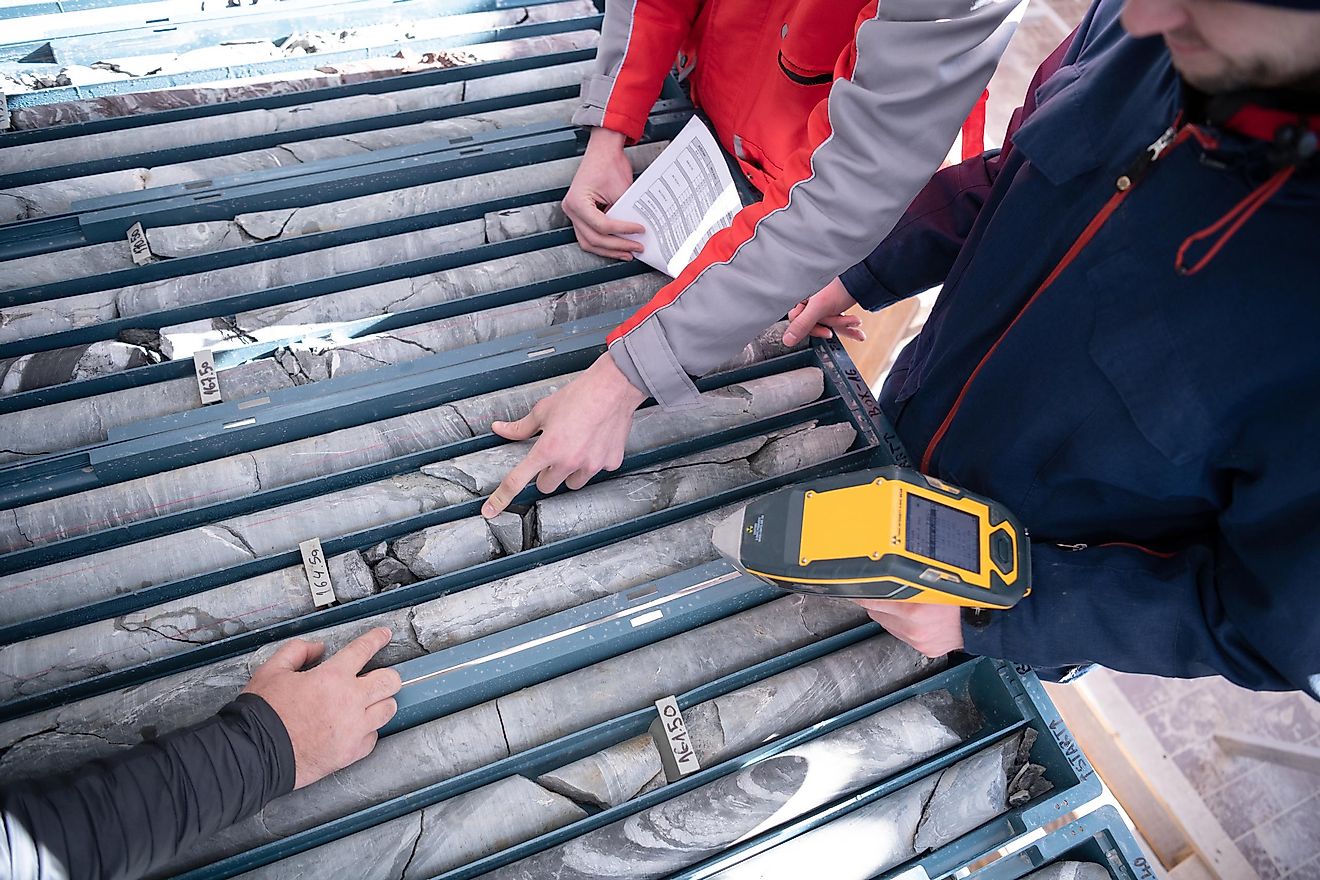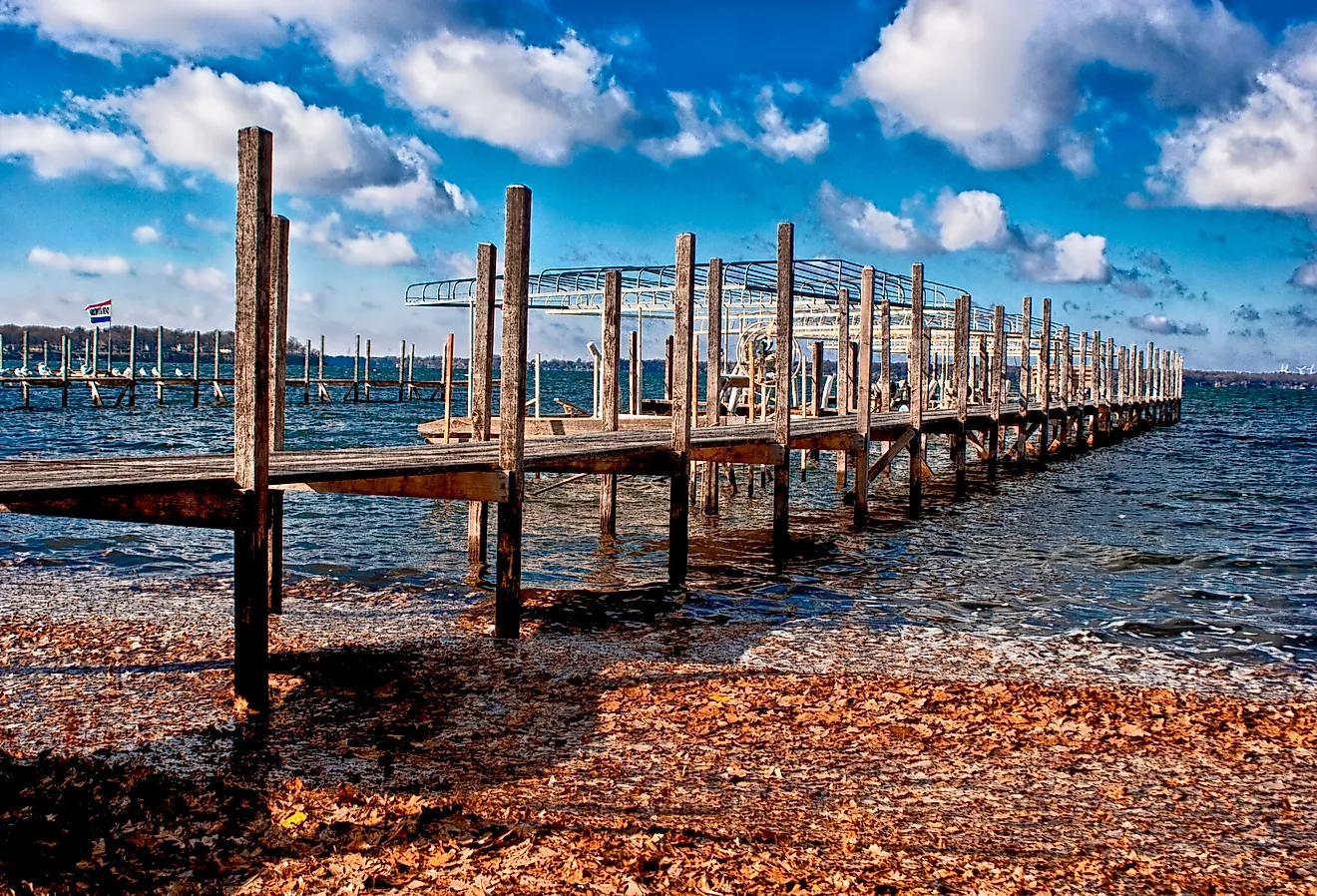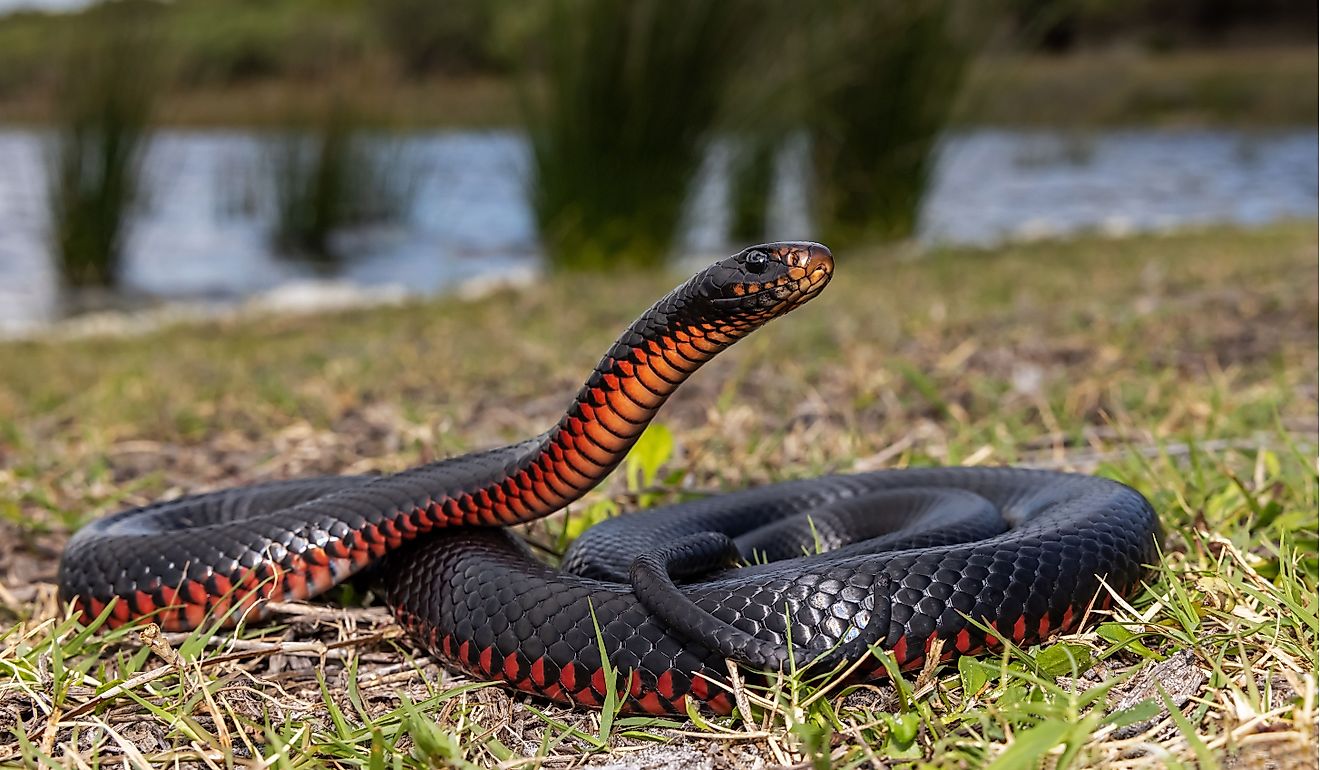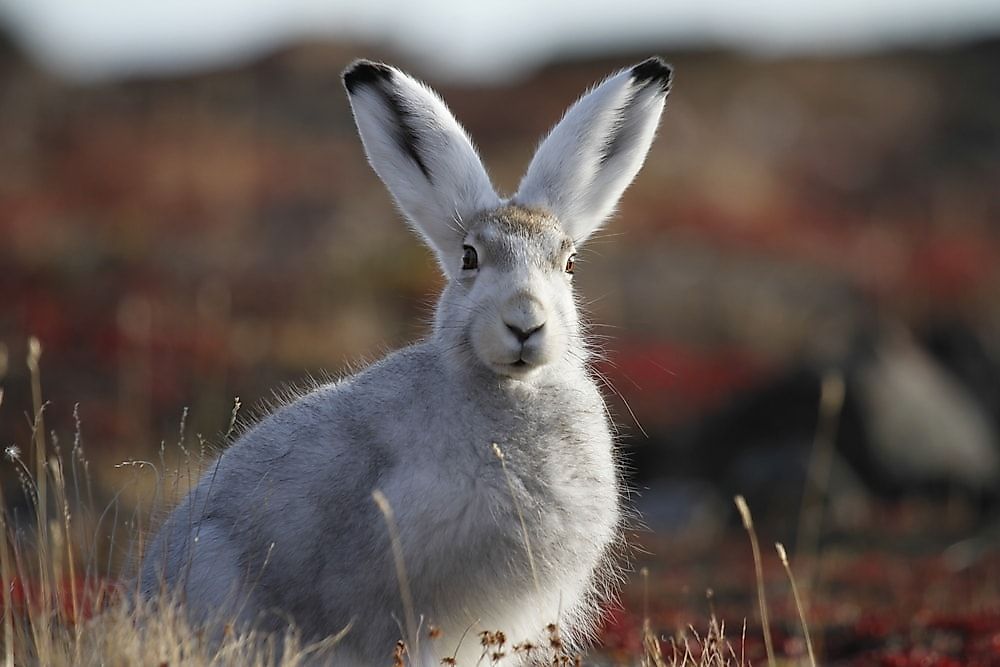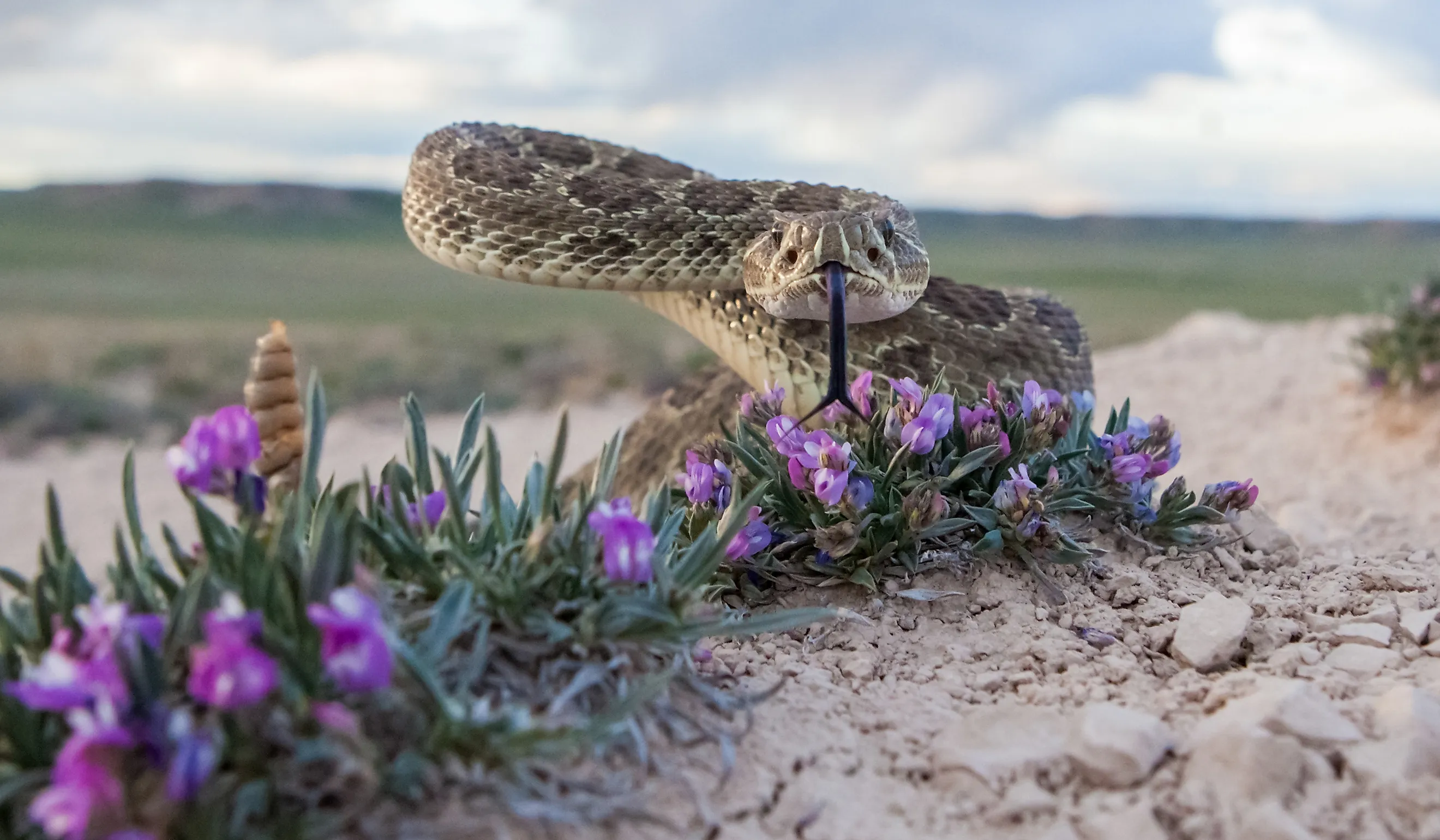
6 Most Dangerous Snakes In South Dakota
South Dakota has long been known for its untamed and wild nature, and one of its most hidden and dangerous inhabitants also shares a reputation like this. While the Mount Rushmore State might be best known for its rugged beauty, not to mention its famous bike rally in Sturgis, underneath all of that, in the rocky crevices of the badlands and the hidden holes of the flats, is the prairie rattlesnake. While a creature to be respected, this predator is a vital component of the undeveloped South Dakota ecosystem.
The Prairie Rattlesnake: A Plains Predator
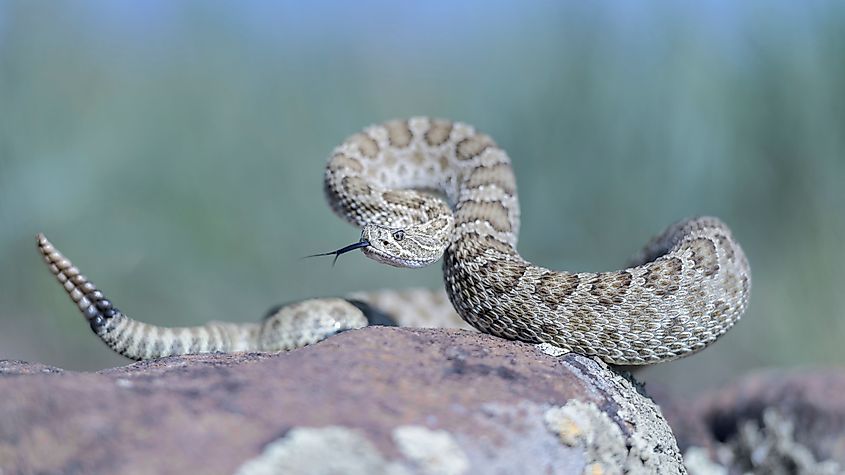
While visitors coming to South Dakota should know about its one venomous snake, the prairie rattlesnake, or the Crotalus viridis, it is actually a familiar occupant of many states in the Great Plains and south towards Texas. It is even in most of Canada, wherever there is sunshine, a good amount of cover, dryness, and rocky bluffs for the creature to hide in inclement weather or when it sleeps. The snakes are usually not over four feet in length, but that is not always the case. They are naturally camouflaged to match their environment, with the bulk of them appearing in olive and brown scales, so it is imperative to be observant as you hike and explore.
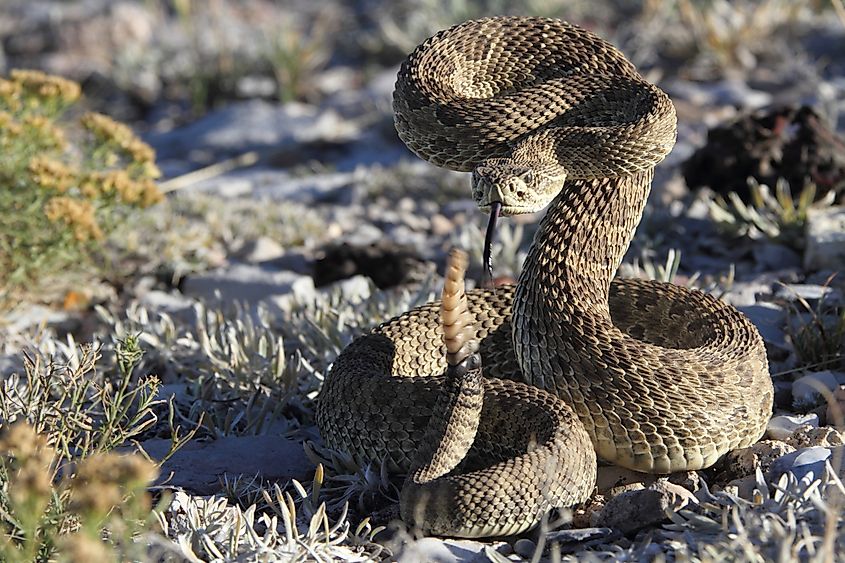
The Elusive Massasauga Rattlesnake
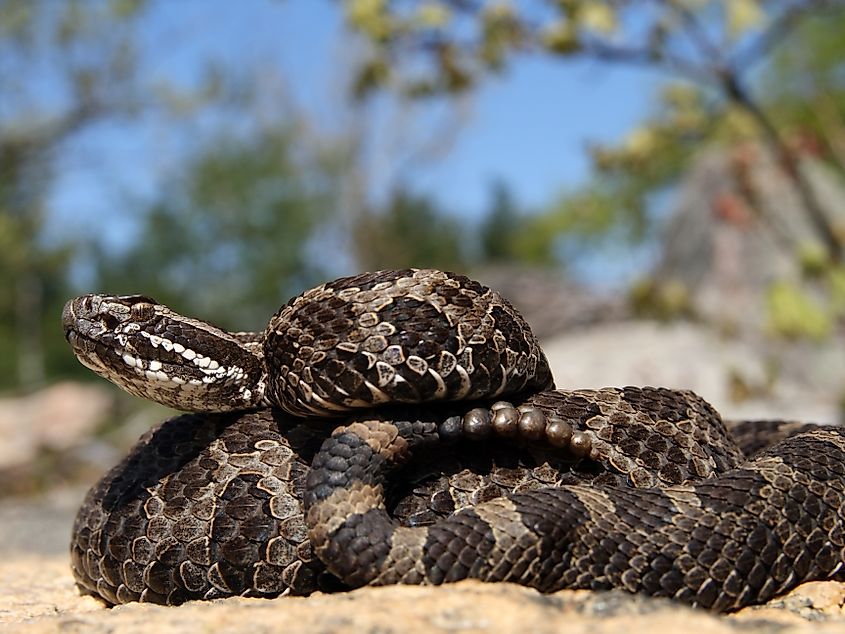
There is no doubt that prairie snakes are the threat when it comes to venomous serpents in the Mount Rushmore State, but there have been some rare reported sightings of another harmful creature, the massasauga rattlesnake. Unlike the prairie variety, these types prefer marshland. You can tell you found one by its grey body and bow-tie markings. While you should not be foolish and careless with these snakes, such as attempting to pick one up, it is essential to note that they are rarely aggressive and more often flee when threatened.
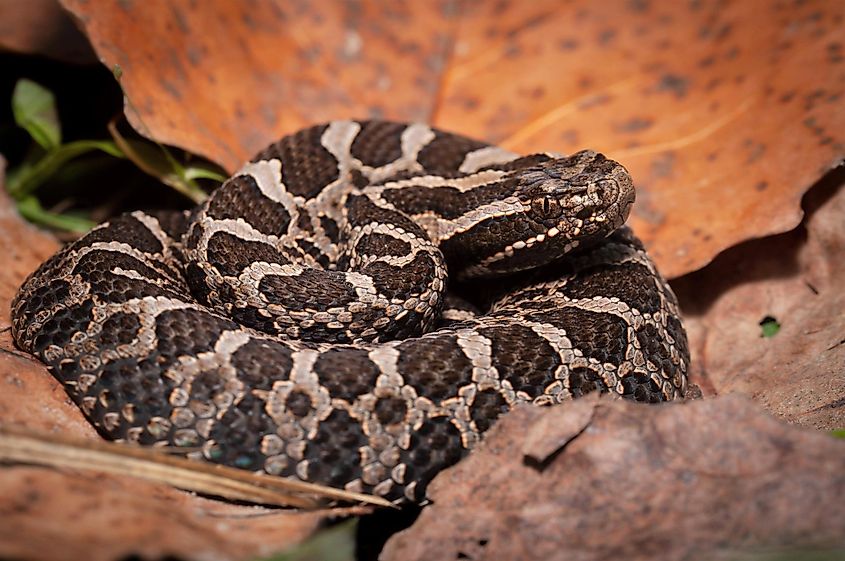
Life Among the Grass and Stone
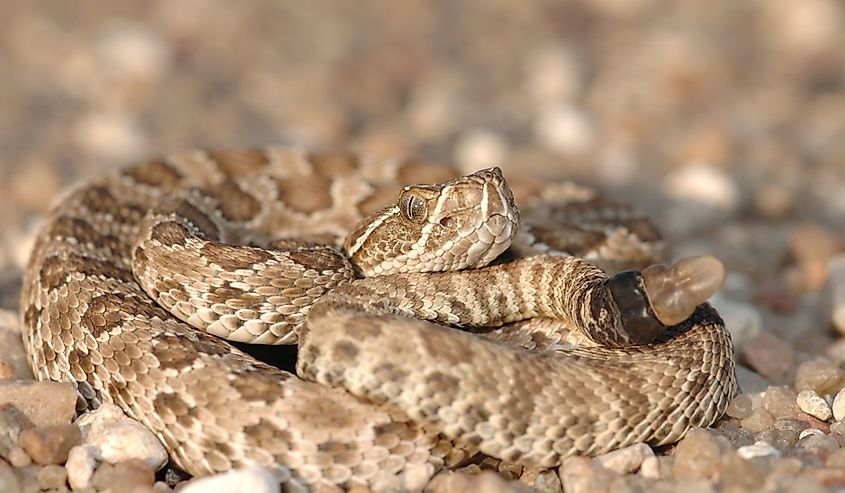
Prairie rattlesnake existence is attuned to the seasons of South Dakota. In the spring, as the heat increases, they leave their overwintering dens, which are generally shared by several snakes in rocky outcropping crevices or vacated burrows. They sun on the south slopes to help warm their bodies before foraging activity. Afternoons during the summer are too warm for extensive activity, so rattlesnakes conform to morning and late-day activity, retreating to shade or dug-in concealment during the middle of the day. By fall, they initiate the slow movement towards their dens, where they brumate, or undergo a reptilian form of hibernation, for the winter months.
They are extremely hardy. Dry western prairies demand toughness, and the snakes meet them with a compact, efficient physiology. They fast for weeks, survive on limited water consumption, and rely on energy-conserving ambush techniques. Blending into clumps of grass or under the heat of rocks, they attack quickly if a mouse, ground squirrel, or bird enters their territory. That efficiency holds rodent numbers at a level sustaining prairie plant cover and secondarily benefiting large prairie grazers.
Where to Spot Them in South Dakota
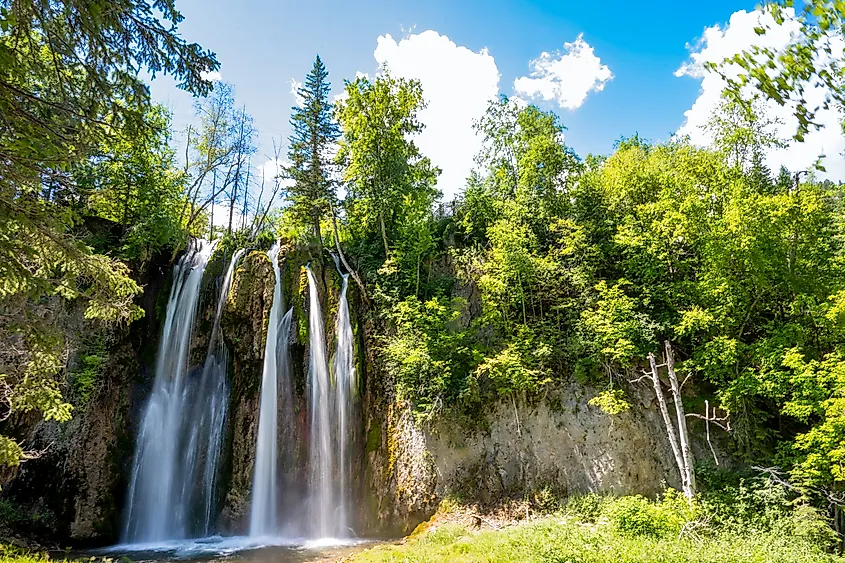
For those who would like to view the world of the prairie rattlesnake, the Badlands offer the best perspective. Here, amidst sculpted buttes and eroded cliffs, snakes find shelter and food. Hikers on the Notch Trail or Castle Trail occasionally glimpse them curled by sunny rocks, particularly during early morning and late afternoon when temperatures are cooler. Out of the park, rattlesnakes are found throughout much of western South Dakota, inhabiting the Missouri River bluffs and the Grand River National Grassland. Even the lower Black Hills slopes possess minute patches where prairie replaces forest.
When Trails Cross: How to React in the Wild
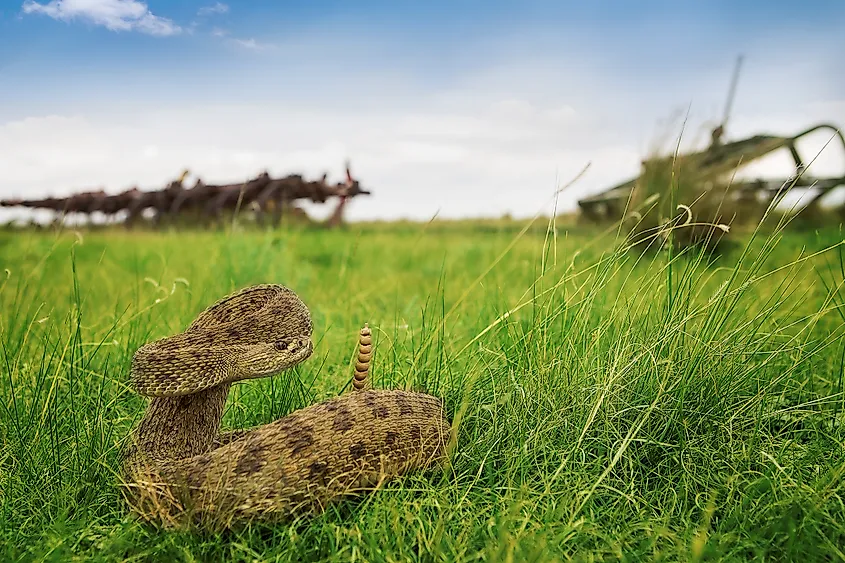
Hiker/prairie rattlesnake sightings are unusual but not unlikely. Safety is maintained through calmness and respect. If you can hear the telltale buzz of a rattle, stand still. Identify the direction of the sound and move back slowly. Appear non-threatening by avoiding any sudden movements. Most snakes rattle to warn, not attack. Maintain a reasonable distance, several paces at least, and wait for the animal to move off on its own. Never attempt to touch, poke, or take a photograph from close range. Even a juvenile rattlesnake is venomous, and its reflexes are faster than most people would have you believe.
If Bitten: Acting Quickly and Correctly
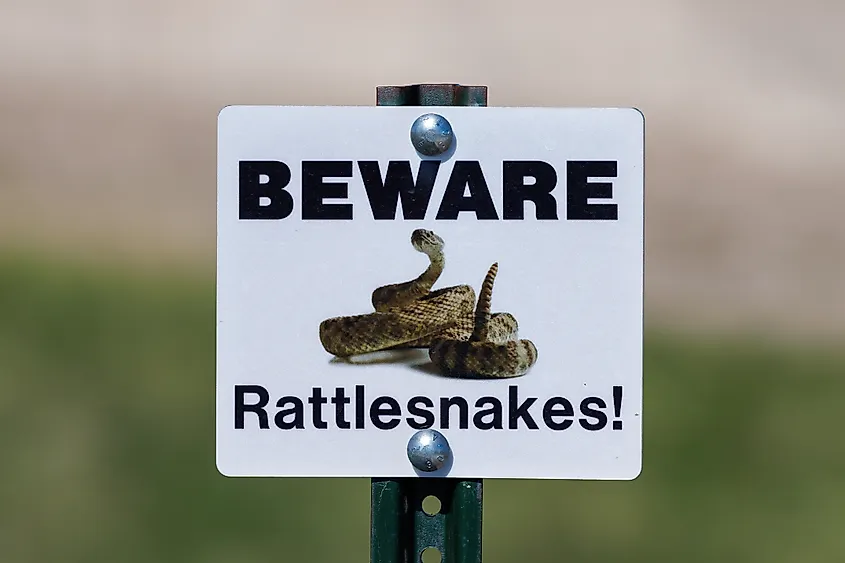
Even with the precautions and non-threatening behavior, you might encounter a particularly aggressive snake. You should consider a bite to be a medical emergency, but it is vital not to panic. Try to calmly move to a safe distance and remain immobile until help arrives. Movement speeds up the spread of venom, so keep the involved limb motionless below heart level. Call an emergency number or rush to the nearest hospital immediately — only antivenom works, and several South Dakota medical facilities carry it. Loosen rings, watches, or constricting clothing around the bite area, since swelling comes rapidly.
With prompt treatment, recovery can occur; however, bites will still cause significant pain and tissue injury. Prevention remains the most effective defense, guided by awareness and accurate information.
Finding Harmony on the Prairie
When you visit places where you might encounter the unique prairie rattlesnake, you are getting the most unhindered version of South Dakota nature and wildlife. This rattlesnake finds a home in harsh conditions by being built to withstand weeks without eating and minimal water availability, using its quick attack and reflexes to feed and survive. When you have the opportunity to explore and experience the Badlands of the Mount Rushmore State, be sure to do so with an observant eye for who you might share a trail with as you hike.


